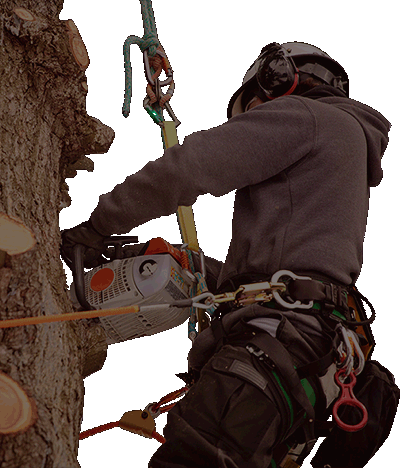
You’ve whipped up an incredible meal for your family. Naturally, you have some vegetable or bread scraps you didn’t use. You don’t want to throw them in the garbage. Then a thought enters your mind - COMPOSTING!
Did you know 40 percent of food in the United States today goes uneaten? This means we throw out about $165 billion of food each year!
Read on for ways to start your compost pile at home and put your food waste to good use!
How to Make Compost from Kitchen Waste
Start your kitchen compost pile by placing a lidded bucket or small pail with a lid under your sink or on your countertop.
What should you put in compost to start?
Now you are ready to start composting. You will need to determine what items you can add to your composting pile. Not everything you eat is good for a compost pile, so pay attention as you are depositing. Try composting these common household items:
- Fruits and vegetables
- Grains and bread
- Coffee grounds
- Shredded paper napkins, cardboard cereal boxes, and coffee filters
When your kitchen container is full, dump it into your outdoor compost pile using layering techniques. Make sure this pile is in a shaded area.
- Start with a layer of brown material (dried leaves, cardboard, wood chips, etc.) at the bottom of your pile.
- Then, add layers of food waste.
- Repeat the layering process to keep odors down.
Layering creates diversity in nutrients and microbes and helps your pile break down faster!
What Not to Compost
Most kitchen scraps can be used in a compost pile, but stay away from saving meats, fats, oils, dairy products, and bones. These items are slow to break down, tend to attract pesky raccoons and create nasty odors.
How long does it take to make compost?
Because no two compost piles are alike, the timeline of the composting process varies. It depends on the size of the pile, materials in the pile and how often you turn it. With frequent turning, your pile can be ready in as little as 3 months!
You’ll l know it’s ready to use when it becomes dark brown and crumbly. You should not be able to recognize what it originally was.






